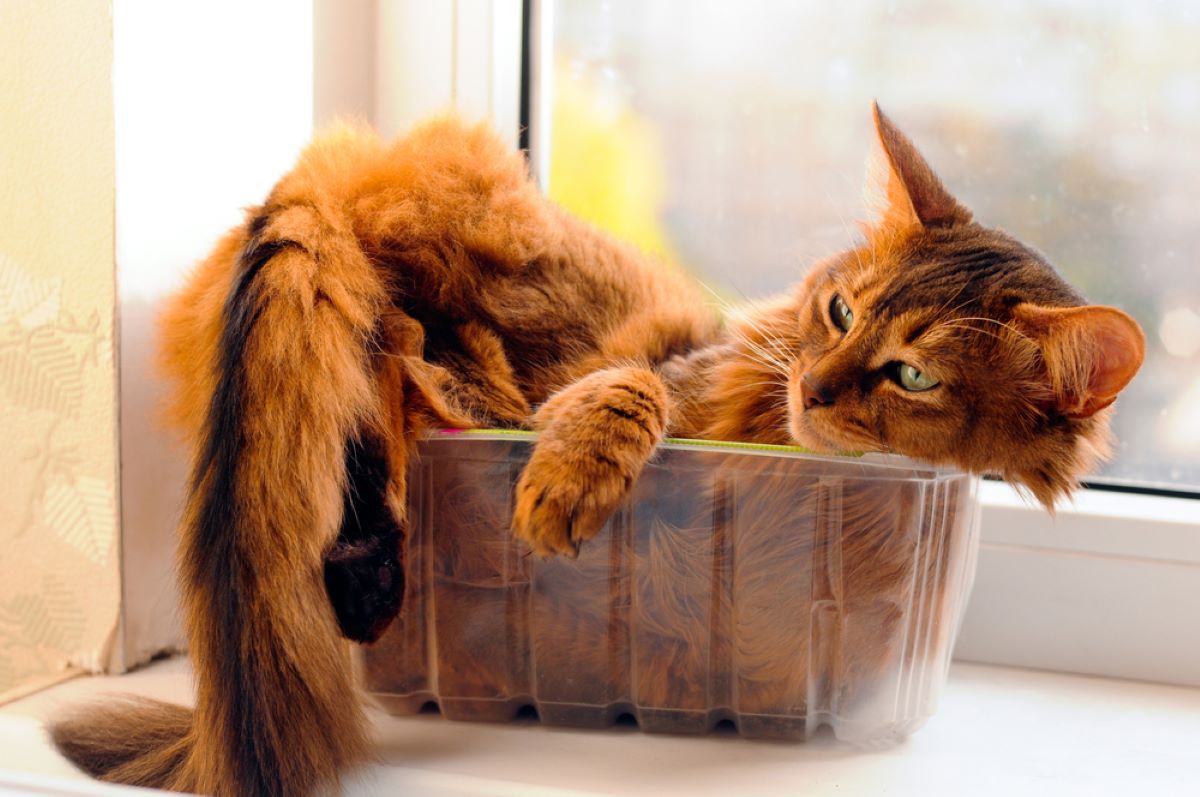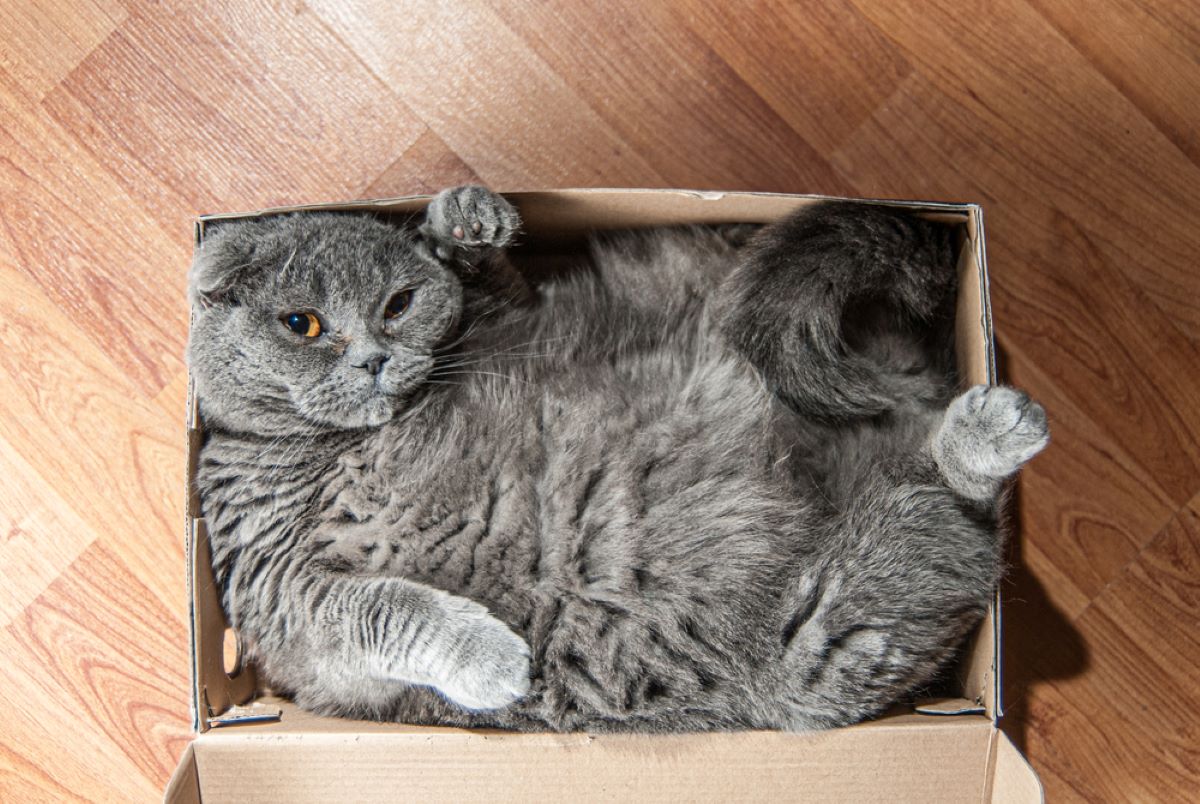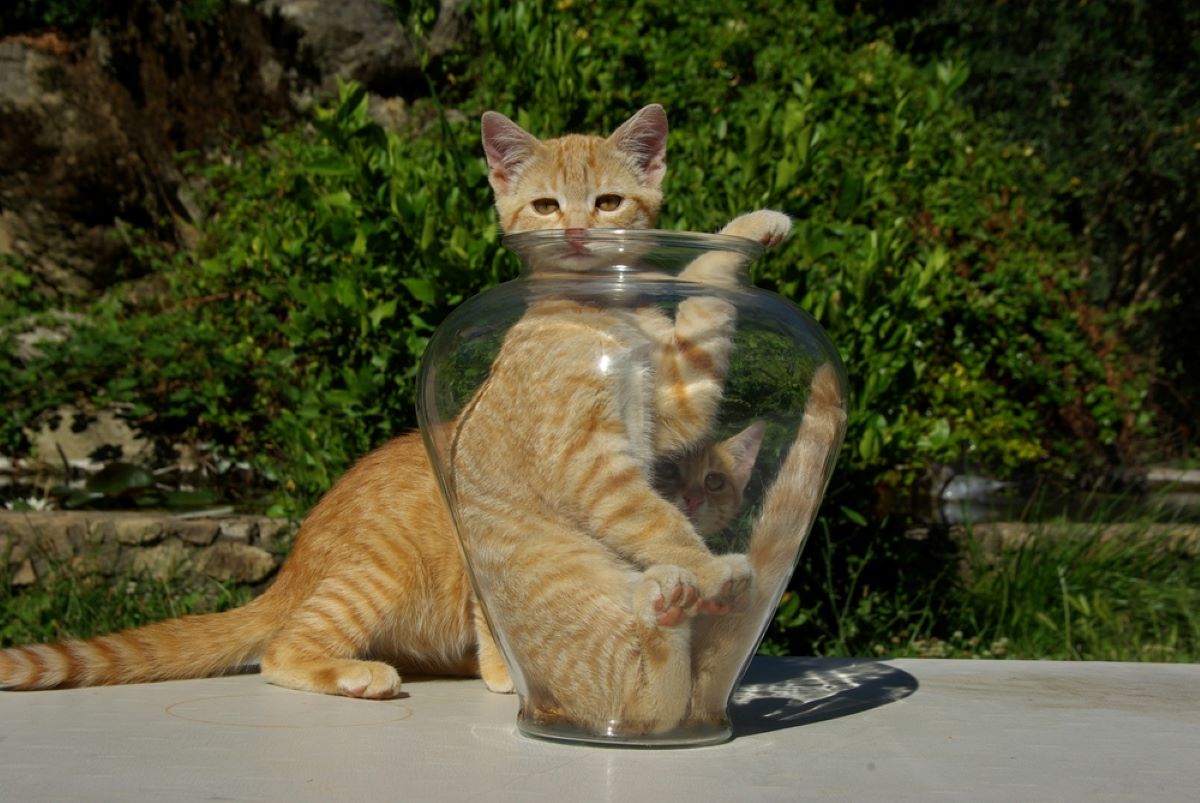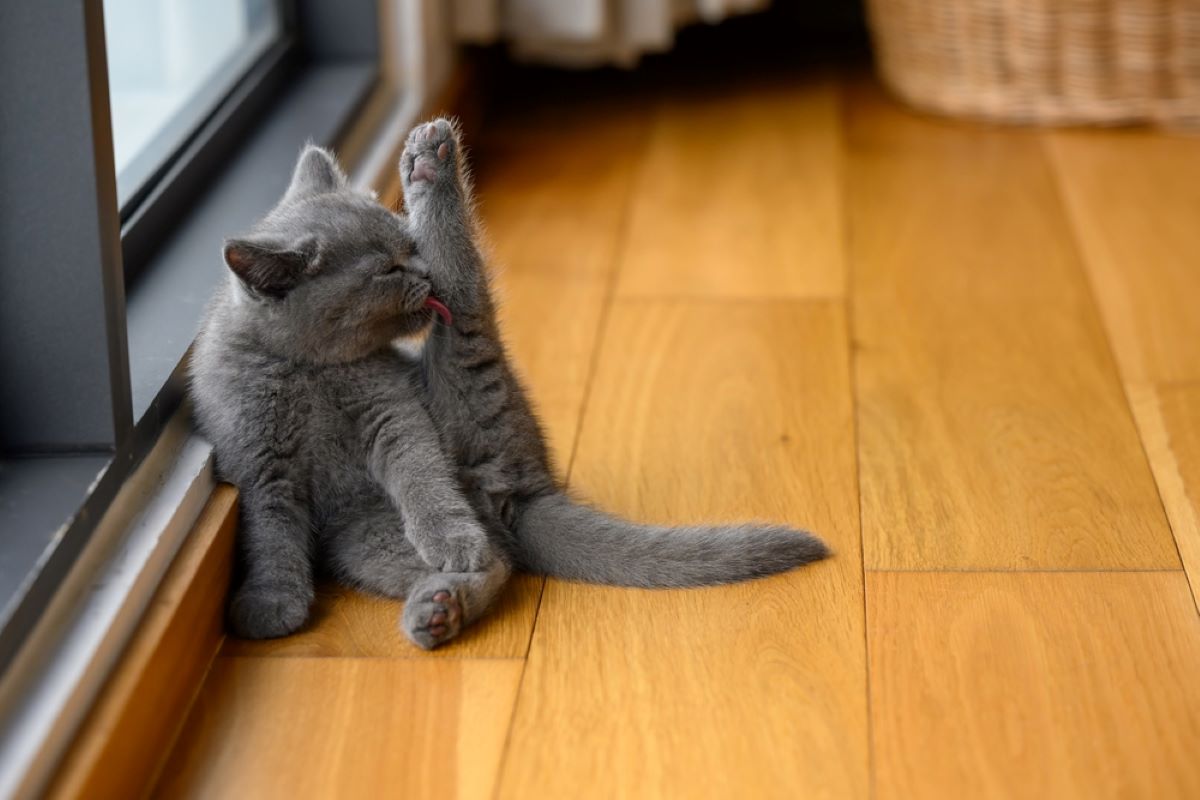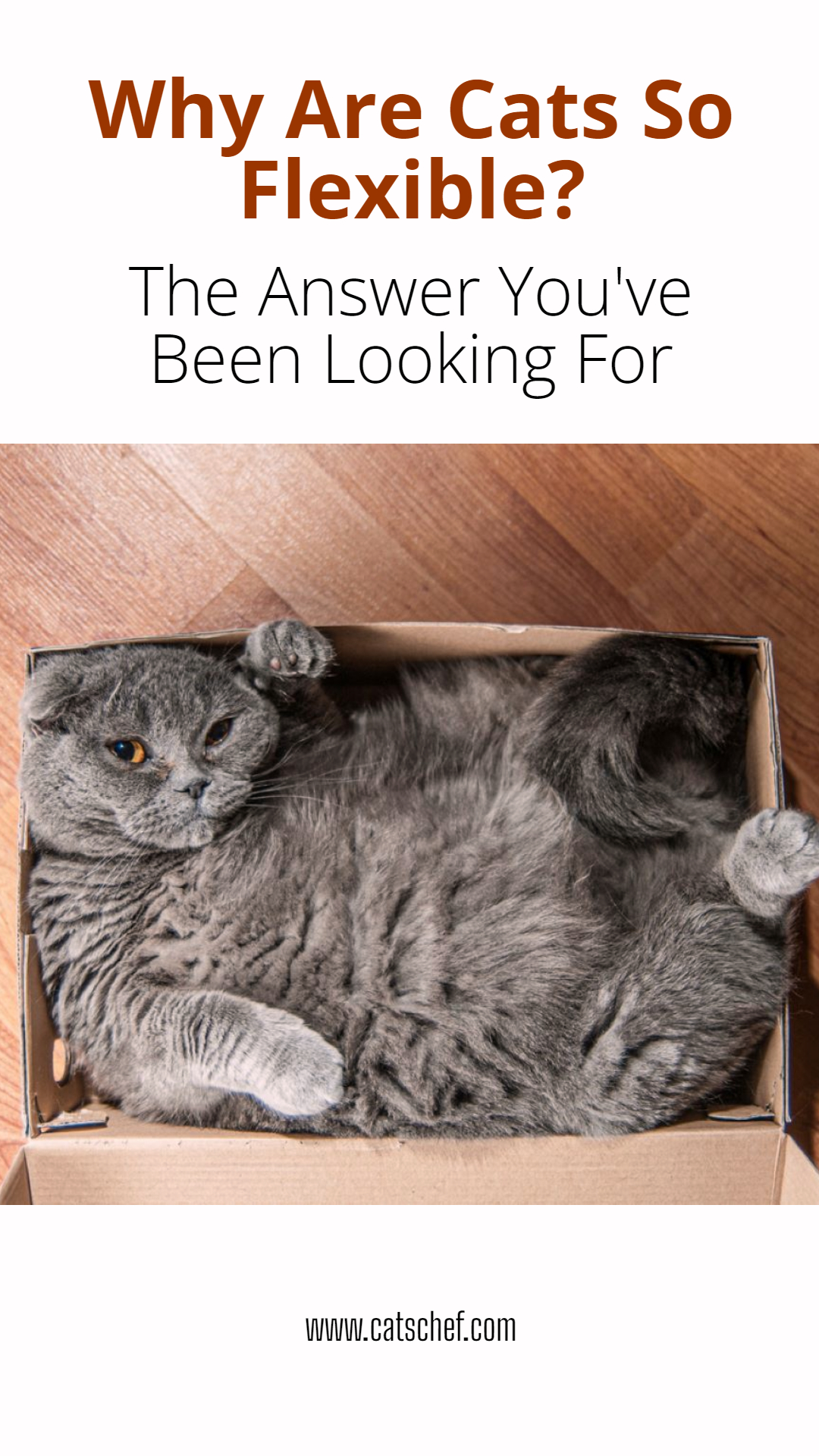📖 Table of Content:
“Felix, what are you doing!? You’re going to break your bones!”
Be honest, how many times have you witnessed your fluffy friend squishing through the tiniest passages and wondered what’s wrong with her? How many times have you caught a glimpse of her sound asleep within one of the cardboard boxes you kept for no reason?
Before you flip out over the possibility of your fluffer breaking her bones, we’re here to announce what most cat owners are already aware of – cats are flexible.
Better yet, cats are more flexible than humans, which happens to be the reason humans have a hard time figuring out how their kitties are able to bend, curve, and contort the way they do. Fortunately, you came scratching up the right post – here are the answers you’re searching for.
Why are cats so flexible?
Cats are flexible because they’re built differently than humans (who would’ve thought!?) Cats have 53 vertebrae – much more than humans – not to mention that they have flexible spines, their shoulders aren’t attached to their bodies with bones, their collarbones are smaller, and their tails are flexible, too.
1. Cats’ spines are more flexible than humans’
We’re not kidding about that one! Whether or not you’ve caught a glimpse of your fluffer preparing for a Cirque du Soleil performance, you have probably noticed that she’s able to fit within the tiniest of spaces – almost as if she can liquefy herself.
Now, she’s able to do that because she possesses a spine that’s much more flexible than that of humans, dogs, and other animals. 53 vertebrae (30 excluding the tail) and intervertebral discs allow her to twist and turn her body more than you might think. She’s a superhero, right?
2. Cats’ shoulders are not attached to the body with bones, but with muscles
That’s right. Unlike humans and canines, cats’ shoulders aren’t attached to the body with bones, they’re attached with muscles.
When you catch your cat stretching, you might notice how much she’s able to lengthen her body – that’s what prevents her from hurting herself when she falls down or fights other animals.
And, that’s what enables her to squeeze through the tiniest spaces to get to her prey, pounce on it, and maneuver her body to ultimately catch it.
3. Cats’ collarbones are smaller than humans’
We need to highlight that one of the reasons why she’s able to squeeze through pretty much anything is that her collarbones are way smaller than yours.
Not only are her collarbones smaller, but they’re also not attached to the rest of her body with bones (same as shoulders). Needless to say, that’s how she’s able to curve and contort as much as she does – her bones aren’t preventing her from doing so.
4. Cats’ tails are also flexible
And, we can’t forget about cats’ tails because they’re one of the most flexible parts of their bodies.
Cats’ tails are made of numerous bones with little spaces between them that allow them to move. Their tails are responsible for creating a sense of balance when running, hopping, and performing different deeds that would otherwise cause them to fall flat on their faces!
Why do cats need to be so flexible?
Oh, cats need to be flexible because their ability depends on their flexibility. On one hand, cats are predators and need to be able to catch their prey without getting caught themselves. On the other, they need to be able to care for themselves, groom themselves, and keep themselves safe – and flexibility plays a huge part.
1. Cats are predators and need to hunt without getting caught
Even though they’re adorable, affectionate, and appreciative, at the end of the day, cats are predators.
Wild cats can feed themselves, protect themselves, and keep themselves safe because they’re flexible enough to do so. Not-so-wild cats, such as your fluffy friend, can do the same thing, even though they’ve got you to do those things for them.
Whatever the case, cats’ flexibility affects their quality of life.
2. Cats need to groom themselves
Cats are clean creatures and are known to groom themselves – licking themselves clean, and even brushing themselves with their claws and teeth.
Sure, you do those things for your cat because you love her and you want her to have a pamper, self-care session every now and then.
But, chances are that your cat prefers to groom her coat without your assistance – and she can do that because she’s flexible enough to reach pretty much any dirty, debris-ridden part of her body.
3. Cats need to be able to always land on their feet
“Cats have nine lives,” everyone knows that.
But, not everyone knows that the reason cats are believed to have nine lives stems from the fact that cats survive even the scariest falls. Before you start freaking out because your cat enjoys hopping on the highest kitchen cabinets, remember that cats are flexible, which allows them to land on their feet at all times.
4. Cats need to be able to balance on the highest trees (or kitchen cabinets!)
Cats adore hopping on the highest kitchen cabinets, climbing posts, scratching posts, and pretty much every other surface that allows them to appreciate the view from above.
Because of that, cats need to have great posture and even greater balance to prevent themselves from falling down. Thanks to their flexibility, cats can extend and employ their tails to balance themselves – whether they’re walking along tree branches, narrow edges, or even the top of a fence.
